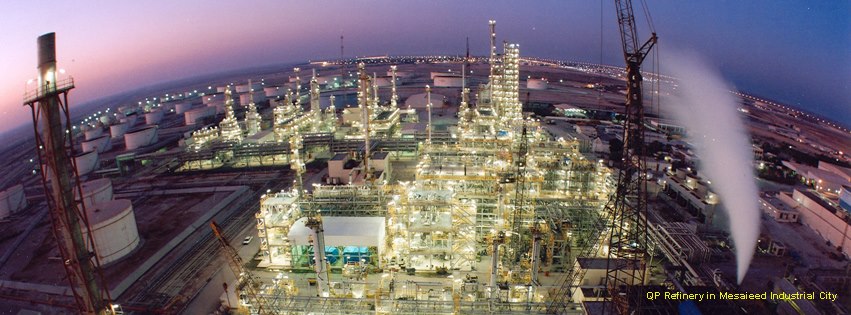
Singapore’s Pavilion Energy, QatarEnergy, and Chevron (NYSE:CVX), have jointly published a quantification and reporting methodology to produce a statement of greenhouse gas emissions for delivered liquefied natural gas (LNG) cargoes.
“This is the first such published methodology that will be applied to sales and purchase agreements (SPAs), specifically the executed SPAs by Pavilion Energy with QatarEnergy and Chevron. Intended for wide adoption, the methodology provides a calculation and reporting framework for greenhouse gas emissions from wellhead-to-discharge terminal, based on industry standards,” Pavilion said in a statement yesterday.
The Methodology was developed by a team of technical specialists representing Pavilion Energy, QatarEnergy and Chevron, supported by global sustainability consultancy Environmental Resources Management (ERM). It aims to create a common standard for the measurement, reporting and verification of greenhouse gas emissions associated with producing and delivering an LNG cargo to drive greater transparency and enable stronger action on GHG reduction measures, said the trio.
“Independent academic experts, commercial institutions and verification bodies have reviewed the SGE methodology. It complements key industry efforts being developed in parallel, specifically the Monitoring, Reporting, Verification (MRV) and GHG Neutral Framework by the International Group of LNG Importers (GIIGNL),” claimed Pavilion.
Significantly, the growth in popularity of carbon-neutral LNG has also brought to light questions about how environmentally friendly the fuel could become. Standards vary, making it tricky to assess how much carbon has been mitigated, emitted or offset through trading.
“It’s totally the Wild West out there in terms of verification systems and standards,” FTI Consulting’s senior director Madeline Jowdy, told Natural Gas Intelligence’s LNG Insight in July. “But I think because we’re in the early stages, it’s still really difficult to account for the emissions generated in the upstream and liquefaction processes.”
Recommended for you

